Brazilian Free-tailed Bat
Nine-banded armadillo
Great White Shark
American Mink
The elusive American mink, Mustela vison, is a Florida native. Like otters, they are members of the weasel family and therefore, fiercely carnivorous. Dinner consists of fish, snakes, crabs, crayfish, frogs, insects, and small mammals. Minks are smaller than otters, weigh up to 4 pounds, and are only 1 – 2.5 feet long.
Minks are semi-aquatic animals that live in marshes and along the banks of rivers and streams. They have been spotted in salt marshes near the northern Atlantic and Gulf coasts. The Everglades mink, Neovison vison, is state-designated as threatened. They have been documented in freshwater and saltwater marshes in the southern Everglades, Fakahatchee Strand, and Big Cypress Swamp. There have been no current sightings of mink in the freshwater habitats of northern and central Florida.
In the spring, female minks give birth in their dens of hollowed-out logs or under protective tree roots. The 3-6 kits open their eyes at 25 days, are weaned at 5-6 weeks, and stay with their mother until fall. Bobcats, great-horned owls, and foxes prey on mink. Life expectancy is only 3 years. However, humans are the biggest threat to minks. In addition to hunting mink for oil, fur, and to assure a large fish population in human fishing areas, humans have reduced the minks’ habitat and polluted the waters that supply their food.
Minks are fast and incredibly adept at staying out of the sight of humans. Because they hunt in the late evening, during the night, and early mornings, sightings are rare. FWC biologists are seeking help from the public to track mink distribution in Florida. If you see a mink, please report your sighting here: https://public.myfwc.com/hsc/weasel/Default.aspx
Photo Credit: JayStatonPhotography.com
River Otter
River Otters, Lontra canadensis, are members of the weasel family. They can be found in a variety of freshwater bodies including rivers, creeks, swamps, marshes, ponds, and lakes throughout Florida with the exception of The Keys. Otters love riparian areas where they can make their burrows under tree roots on a bank and slide into the water for a tasty dinner of fish, crustaceans, reptiles, and amphibians. They also dine on insects, birds, and small mammals.
River Otters weigh 15-30 pounds and live to 12 years old, They and are skilled swimmers. When they aren’t playing in the water or mud, you will find them marking their territory with urine, feces, scent glands, and scratch marks on trees. Females give birth to one to six pups in a den dug into the bank of a body of water or a hollow log. When they are two months old, the mother otter pushes her pups into the water where they quickly learn to swim.
Fun Fact: River Otters can hold their breath for 8 minutes.
Photo Credit: Paul Waller

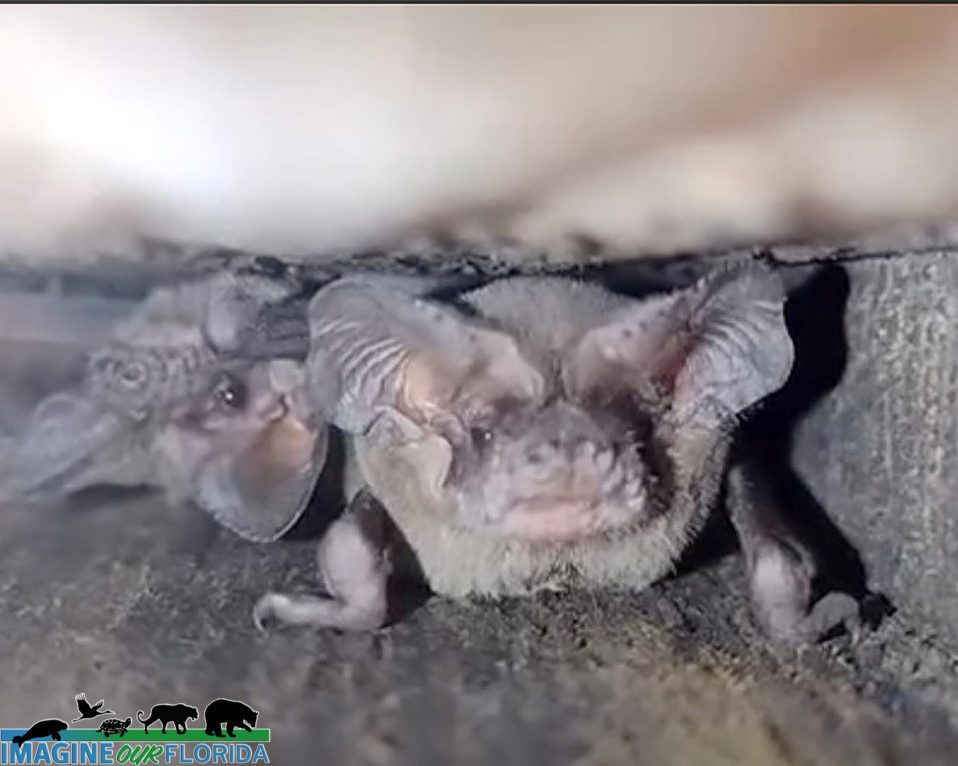
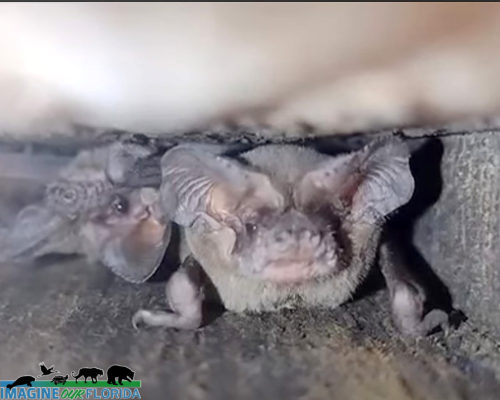
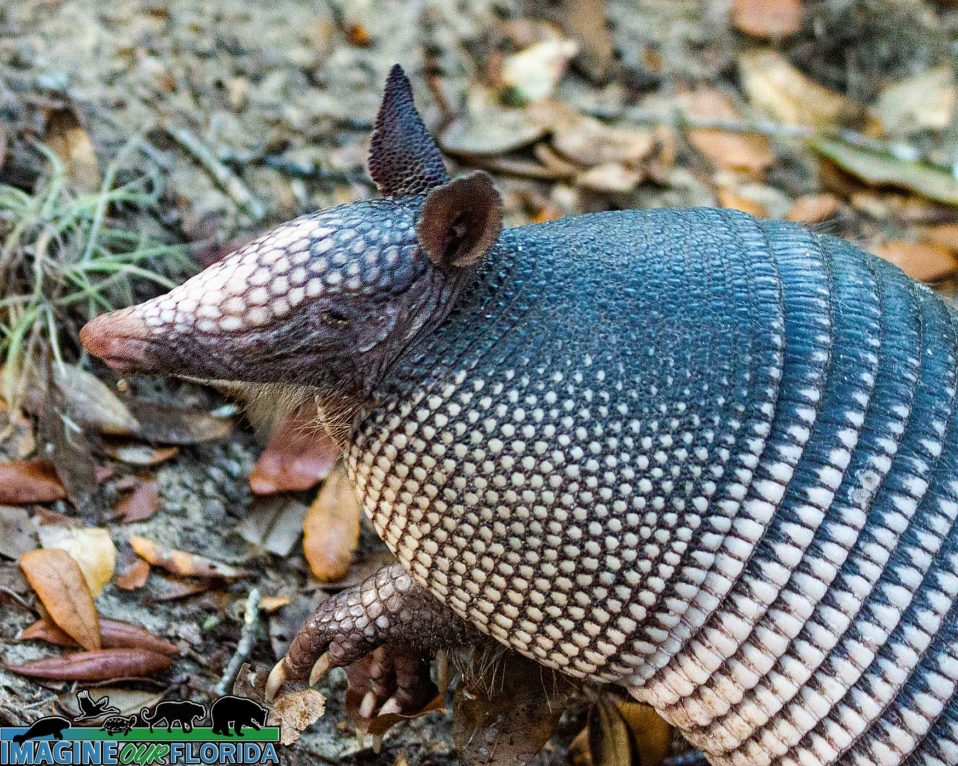
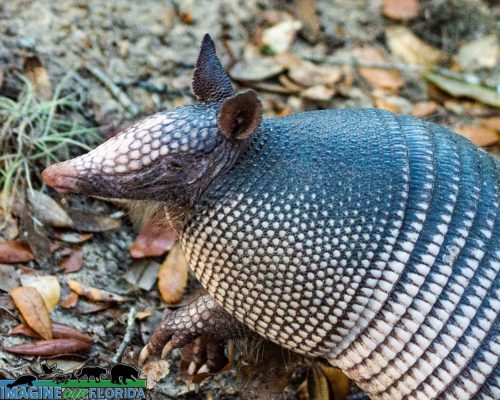
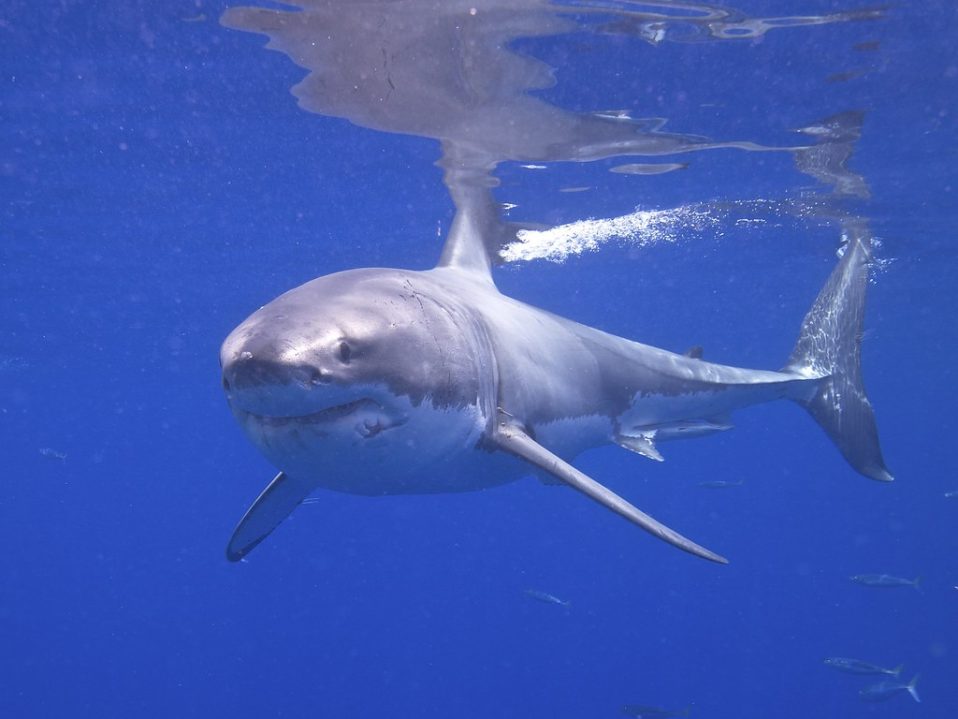
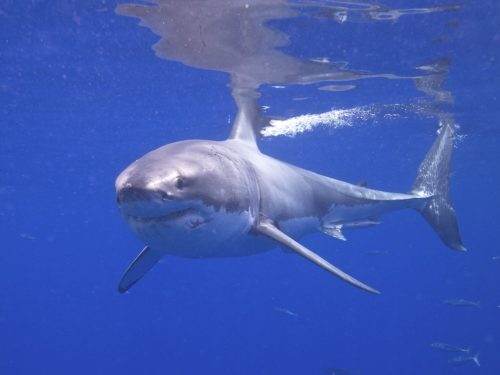
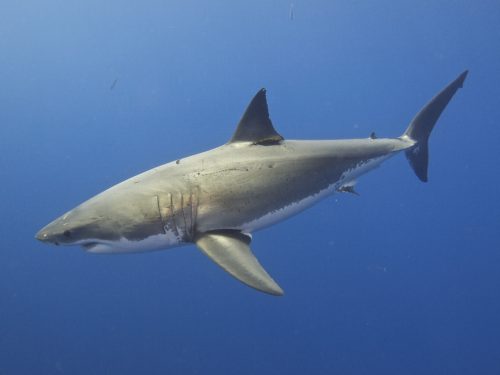
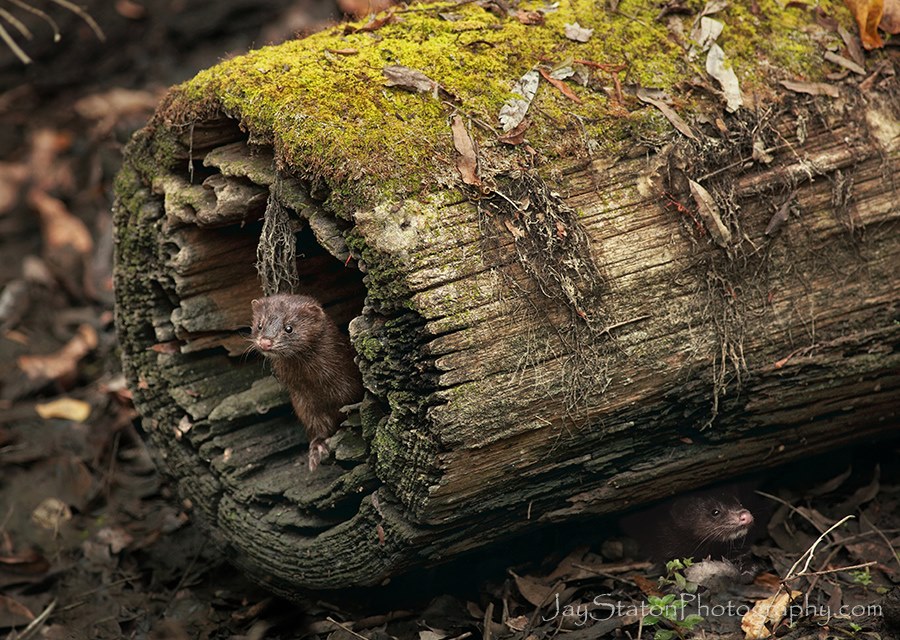
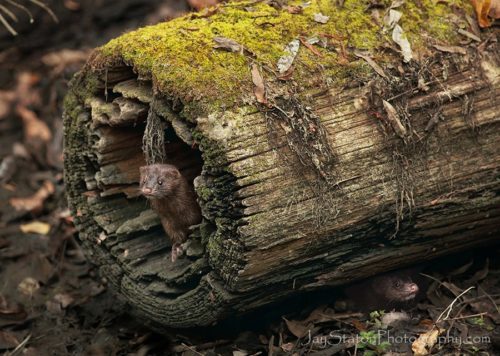
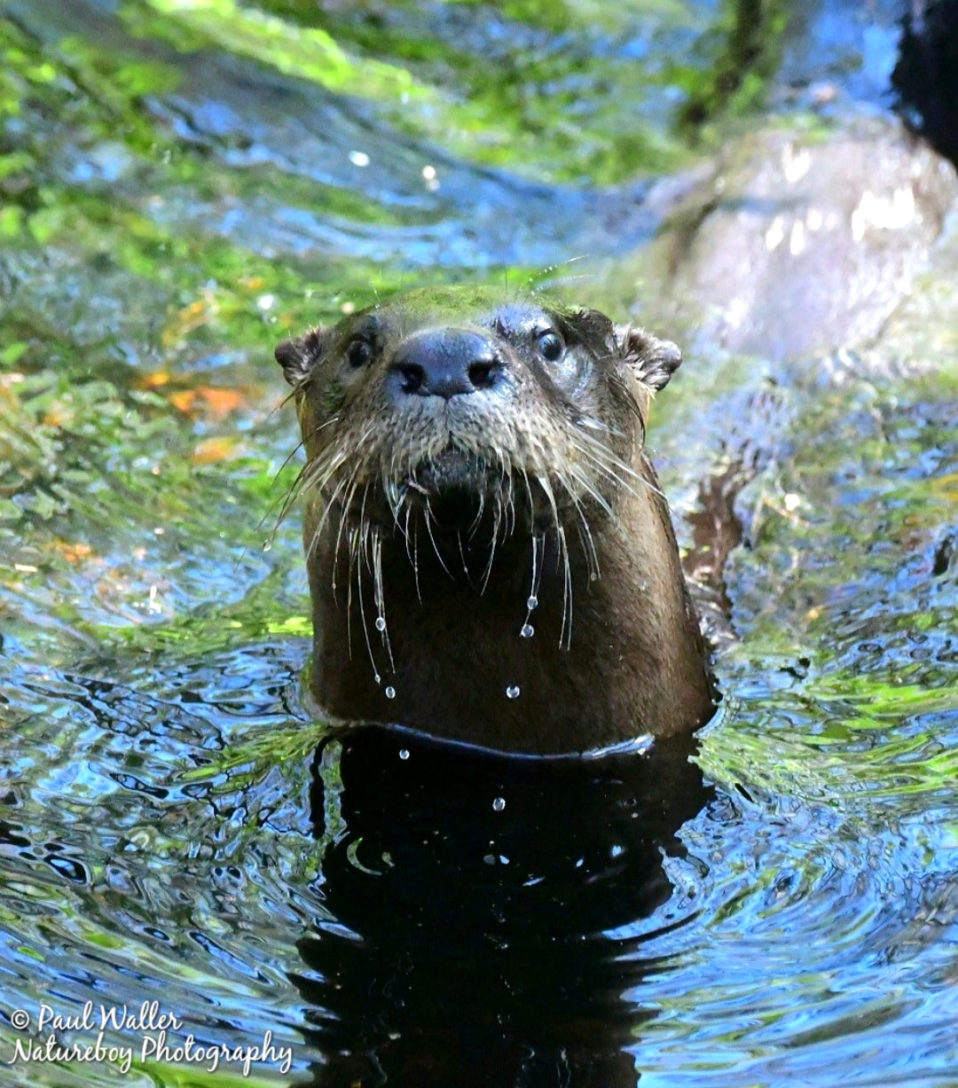
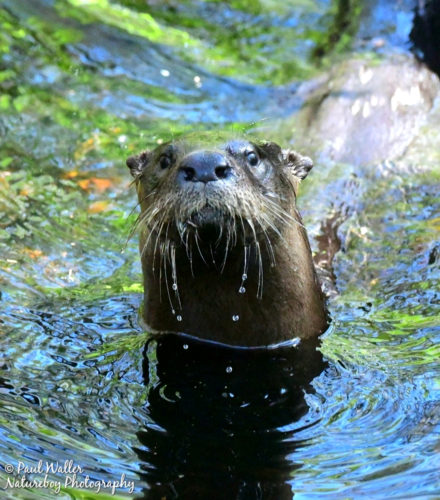
Recent Comments